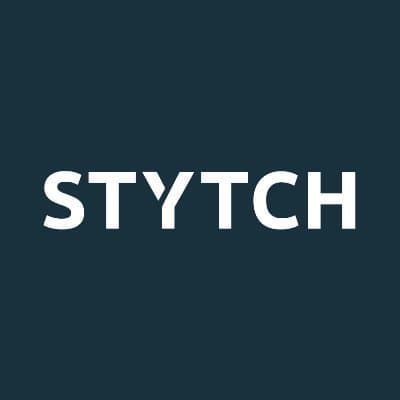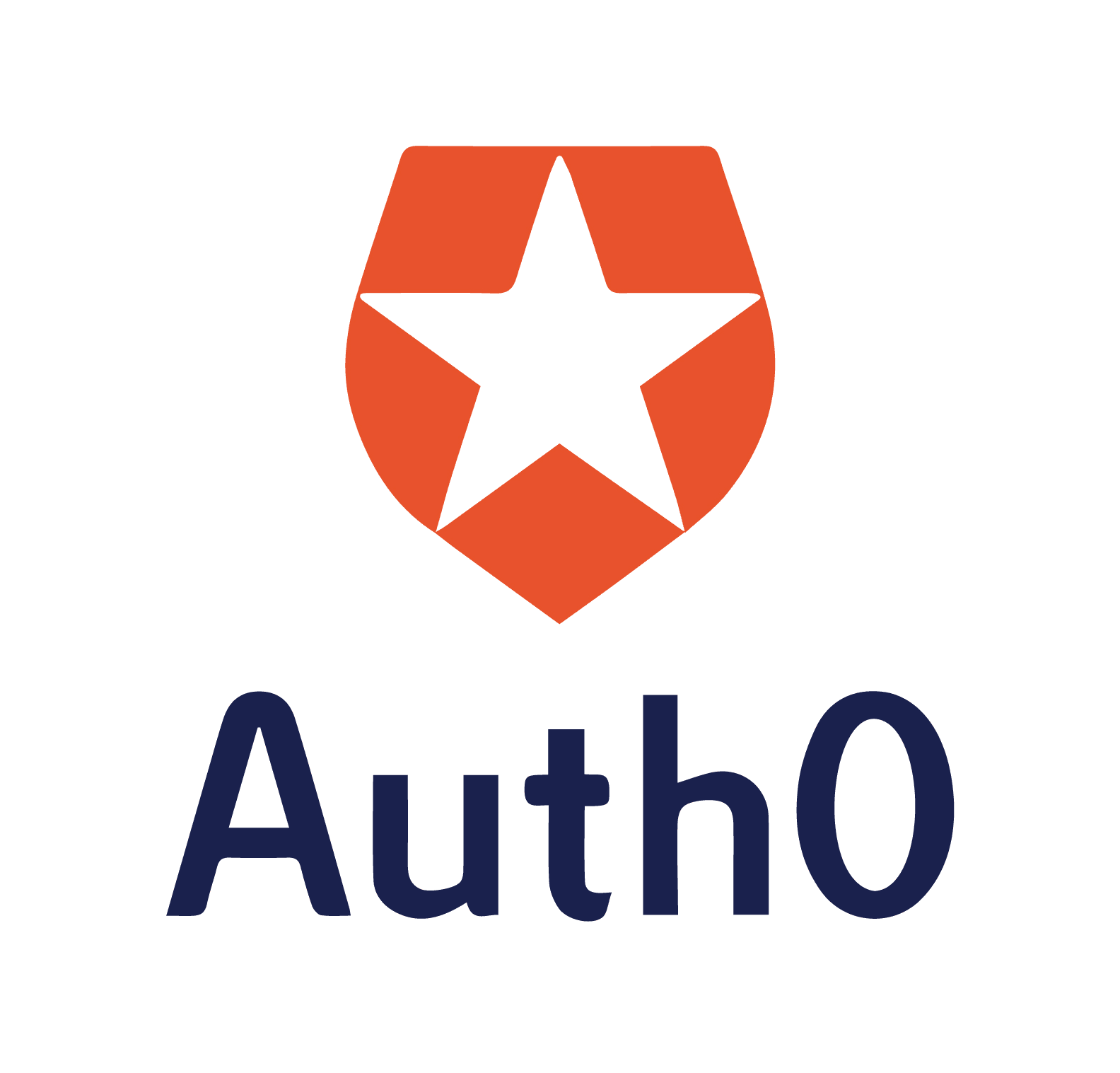Clerk vs. Stytch
Clerk
Clerk is a comprehensive user management and authentication platform designed to streamline how developers handle user accounts within web and mobile applications. It offers a suite of embeddable UI components—such as <SignIn/>, <SignUp/>, <UserButton/>, and <UserProfile/>—that integrate seamlessly into your application without redirecting users off-site. These components are fully customizable to match your brand, making the user experience cohesive and frictionless. Under the hood, Clerk provides a robust API and SDKs compatible with modern frameworks like Next.js, Remix, React, and Expo. It handles the entire authentication lifecycle, supporting multifactor authentication (MFA), session management, passwordless sign-in (via magic links or one-time passcodes), and traditional password-based methods with breach detection. The platform also integrates social sign-on (SSO) with over 20 providers, enabling quick user onboarding while adhering to security best practices. Clerk’s securit...
Stytch
Stytch provides a suite of tools designed to simplify authentication, authorization, and security for web and mobile applications. If you're developing an app and need a way for users to log in—whether with passwords, passkeys, or entirely passwordless methods—Stytch offers APIs and SDKs that handle these complexities. Their focus is on making authentication seamless for both developers and end-users while ensuring high security standards. For businesses, particularly B2B SaaS companies, Stytch enables advanced features like multi-tenancy, role-based access control (RBAC), and single sign-on (SSO). They provide an embeddable admin portal, allowing enterprise customers to manage their own authentication configurations, organizational settings, and integrations with identity providers—without constant developer involvement. Stytch places a strong emphasis on scalability and flexibility. Their tools are designed to “just work” across a range of use cases, from simple consumer apps to co...
Reviews
Reviewed on 2/25/2025
Clerk is a comprehensive authentication and user management platform. It comes with embeddable UIs, APIs and admin dashboards for user management. Clerk offers official SDKs for Next.js, React, JavaScript, Node.js, Remix, Go, Gatsby, and Ruby / Rails. There are many more community SDKs for other frameworks and languages. They have a free tier of 10,000 MAUs and a $25/month Pro tier with $0.02/MAU. Enhanced authentication, with SMS auth, device tracking and revocation, simultaneous sessions and SAML authentication costs additional $100/month. Admin add-on, with user impersonation and enhanced roles is another $100/month.
Reviews
Reviewed on 2/25/2025
They market themselves as the leading Auth0 alternative. There is a free starter plan with up to 25 organizations and 1000 members. Additional users costs $0.05 per monthly active user.
| Item | Votes | Upvote |
|---|---|---|
| No pros yet, would you like to add one? | ||
| Item | Votes | Upvote |
|---|---|---|
| No cons yet, would you like to add one? | ||
| Item | Votes | Upvote |
|---|---|---|
| No pros yet, would you like to add one? | ||
| Item | Votes | Upvote |
|---|---|---|
| No cons yet, would you like to add one? | ||
Frequently Asked Questions
Clerk and Stytch are both powerful authentication solutions, but they cater to different needs. Clerk offers a comprehensive suite with embeddable UIs, APIs, and admin dashboards, making it highly suitable for developers who need extensive management tools. It supports a variety of SDKs and languages, making it versatile for different tech stacks. Clerk also provides a generous free tier with 10,000 MAUs and additional features for enhanced authentication and admin capabilities at higher price points. On the other hand, Stytch positions itself as a leading alternative to Auth0, with a simpler pricing model starting with a free starter plan for up to 25 organizations and 1000 members. Additional users cost $0.05 per MAU, which could be more cost-effective for smaller projects or startups. Ultimately, the choice between Clerk and Stytch depends on your specific requirements for user management, scalability, and budget.
Clerk is a comprehensive user management and authentication platform designed to streamline how developers handle user accounts within web and mobile applications. It offers a suite of embeddable UI components, such as <SignIn/>, <SignUp/>, <UserButton/>, and <UserProfile/>, that integrate seamlessly into applications without redirecting users off-site. Clerk also provides a robust API and SDKs compatible with modern frameworks like Next.js, Remix, React, and Expo.
Clerk includes features such as multifactor authentication (MFA), session management, passwordless sign-in, traditional password-based methods with breach detection, and social sign-on (SSO) with over 20 providers. It also offers advanced multi-tenancy features for B2B SaaS applications, allowing organization-based user management with custom roles and permissions.
Pros of Clerk include its comprehensive suite of embeddable UI components, robust API, and strong security features such as SOC 2 Type 2 certification and CCPA compliance. It also offers a free tier for up to 10,000 monthly active users, making it a scalable solution. However, some cons include the additional costs for enhanced authentication features and admin add-ons, which can add up for larger applications.
Clerk has a strong security posture that includes SOC 2 Type 2 certification and CCPA compliance. It undergoes continuous third-party audits and penetration testing. Additionally, Clerk incorporates fraud prevention measures such as disposable email blocking and machine learning-powered bot detection to reduce spam and abusive sign-ups.
Clerk offers a free tier for up to 10,000 monthly active users. For additional features, there is a Pro tier priced at $25 per month with a cost of $0.02 per additional monthly active user. Enhanced authentication features and admin add-ons are available for an additional $100 per month each.
Stytch is a platform that provides a suite of tools designed to simplify authentication, authorization, and security for web and mobile applications. It offers APIs and SDKs that enable developers to implement various login methods, including passwords, passkeys, and passwordless options, while ensuring high security standards.
Stytch offers advanced features such as multi-tenancy, role-based access control (RBAC), and single sign-on (SSO). It includes an embeddable admin portal for enterprise customers to manage authentication configurations and integrations with identity providers. Stytch emphasizes scalability and flexibility, allowing developers to choose between pre-built UI components or fully customized experiences.
Stytch supports a broad range of programming languages and frameworks, including Python, Node.js, Java, React, and iOS, making it easy to integrate into existing tech stacks.
Stytch includes security features such as real-time bot detection, device-aware multi-factor authentication, and intelligent rate limiting to protect against credential stuffing and account abuse. Their infrastructure ensures reliable delivery of login codes and authentication requests, even during failures of SMS or email providers.
Currently, there are no user-generated pros and cons available for Stytch. However, it is marketed as a leading alternative to Auth0 and offers a free starter plan with up to 25 organizations and 1000 members, with additional users costing $0.05 per monthly active user.




















